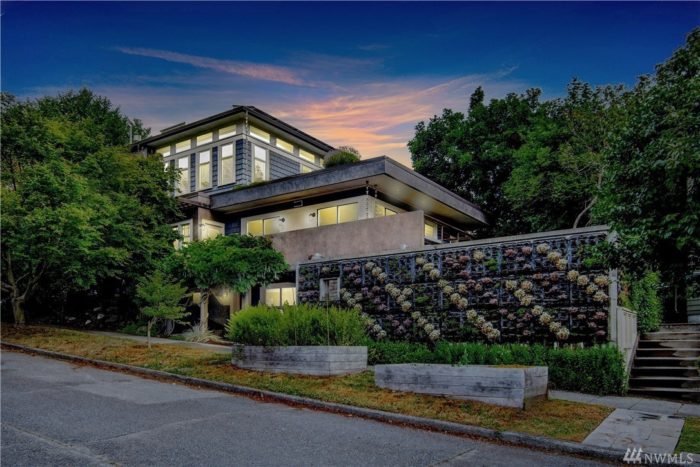
The National Association of Realtors have devised a plan to boost homeownership among Black and Brown people in the United States.
Minority homeownership lags the rate for non-Hispanic white Americans, with Black Americans experiencing the largest gap — nearly 30% — according to “Snapshot of Race & Home Buying in America,” a report from the National Association of Realtors®.
Using data from the 2019 American Community Survey and the 2020 Profile of Home Buyers and Sellers, NAR reported the U.S. homeownership rate was 64.2% in 2019. Non-Hispanic white Americans had the highest proportion of homeownership, exceeding the national average with a rate of 69.8%.
Among Asian Americans the rate was 60.7%, while Hispanic Americans had a 48.1% rate. Only 42% of Black Americans are homeowners.
NAR said Black Americans face “some of the toughest hurdles to achieving the essential part of the American Dream,” notably because of student loan debt and high rates of rejection for mortgage loans. Disproportionate job losses during the pandemic are another factor.
Black households have nearly double the likelihood of having student loan debt (43%) compared to their white counterparts (21%). They also have a significantly higher student loan debt ($40,000 compared to $30,000).
NAR also reported the rejection rates for mortgage loans had large disparities when comparing Black applicants with whites. While about 4% of white applicants experienced rejection, the rate was 2.5 times greater (10%) for Blacks.
Discrimination is another concern. Among those who said they witnessed or experienced discrimination in a real estate transaction, 41% of Black respondents said they faced stricter requirements because of their race. By comparison, only 16% of white respondents expressed that belief. Among Hispanics, the rate was 19% and for Asian respondents, it was 27%. Around one-third of Black homebuyers said they witnessed or experienced discrimination with the type of loan product offered.
“This data reinforces the need to implement key policy initiatives NAR developed in concert with the Urban Institute and the National Association of Real Estate Brokers to address the Black homeownership gap,” said NAR President Charlie Oppler, a Realtor® from Franklin Lakes, NJ, and the CEO of Prominent Properties Sotheby’s International Realty.
That initiative, developed in 2019, has five elements to help close minority homeownership gaps:
- Advance policy solution at the local level:
- Tackle housing supply constraints and affordability;
- Promote an equitable and accessible housing finance system;
- Provide further outreach and counseling initiatives for renters and mortgage-ready millennials; and
- Focus on sustainable homeownership and preservation initiatives.
Realtors devise strategies to boost home ownership among black and brown people across the Unites States and in Seattle.
NAR found wide variances in affordability when comparing states.
Nationwide, 43% of Black households can afford to buy the typical home compared to 63% of white households. More than 60% of Black households can afford to buy a home in Alaska, Kansas, Nebraska, South Dakota, and Vermont. However, less than a third of Black households can afford to purchase a home in Washington and nine other states (California, Colorado, Hawaii, Massachusetts, Montana, Nevada, Oregon, Utah, Wyoming) plus the District of Columbia.
NAR’s research found only four states where less than half of white households can afford to buy a home: California, Hawaii, Oregon and Washington.
Black Americans were three times as likely than white Americans to tap into their 401(k) or pension funds as a down payment source for a home purchase, an action NAR noted could have a negative impact on future wealth growth and savings attainment. While 37% of white Americans used funds from the sale of their primary residence for a down payment, only 17% of Black Americans did so.
Commenting on the findings and the market’s strong performance during the pandemic, NAR Chief Economist Lawrence Yun said greater numbers of potential first-time homebuyers – many of whom are minorities – are feeling discouraged by disproportionate job losses. “Essentially, they’re being priced out of owning a home because of rapidly rising home prices resulting from historically-low housing inventory. For Black Americans, in general, the greater likelihood of having student loan debt, combined with lower household incomes and accrued savings when compared to the national average, adds to the challenge.”
NAR believes policy proposals such as the Biden administration’s first-time buyer tax credit of up to $15,000 would help address many of these underlying problems. That proposal would mean home buyers would get the tax credit when making the home purchase instead of waiting until filing federal income taxes the following year. NAR also favors accompanying the first-time buyer tax credit with incentives to create more affordable housing units to prevent the credit from further aggravating the current shortage.
Within America’s largest trade association several efforts are underway to combat bias and discrimination. NAR launched its fair housing “ACT” plan last year to emphasize Accountability, Culture Change, and Training. One component of this plan was the release “Fairhaven,” of an interactive training platform, designed to help fight discrimination in America’s real estate market. Additionally, NAR developed an implicit bias training video with strategies to help members override biases in their daily interactions.